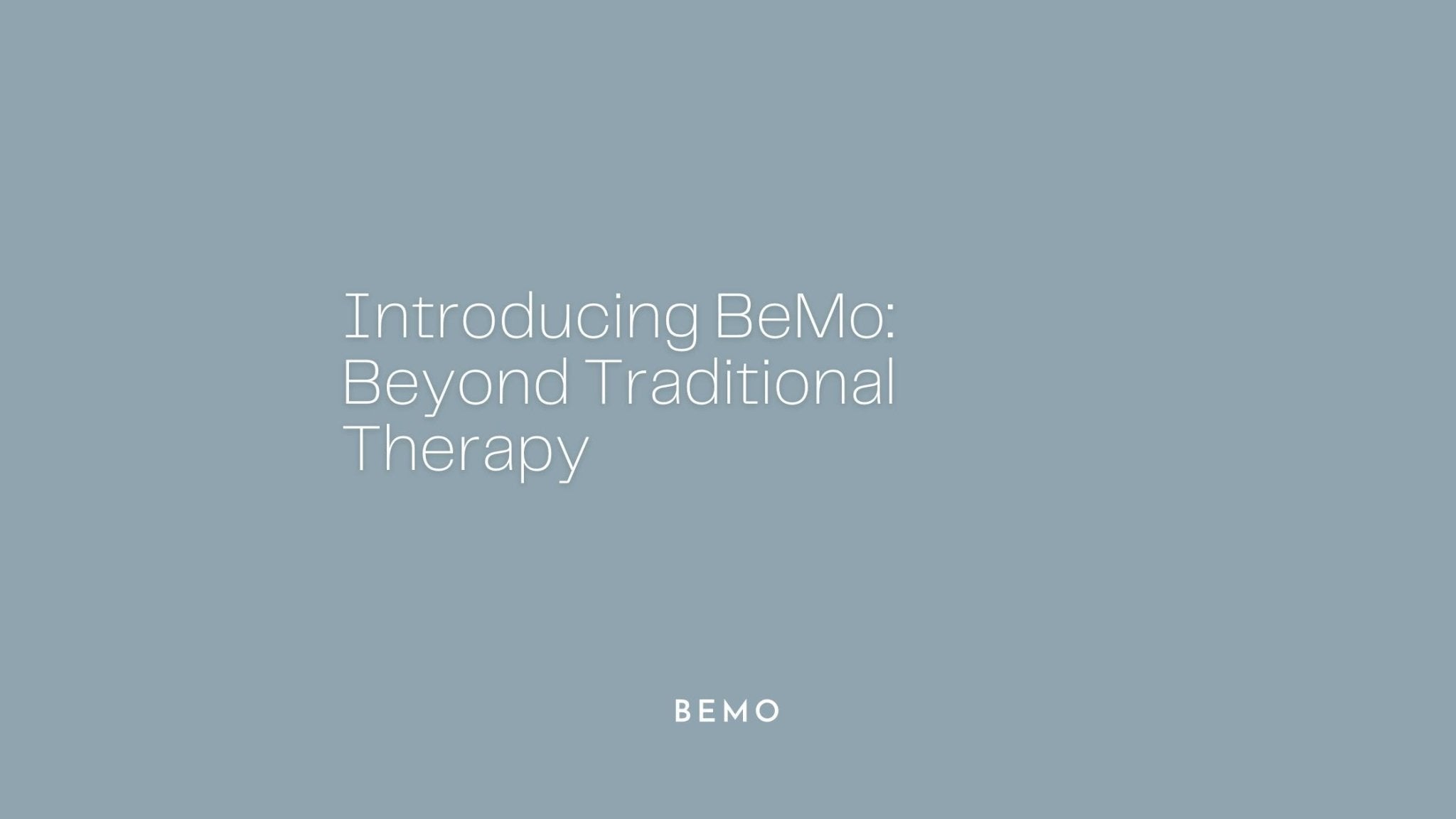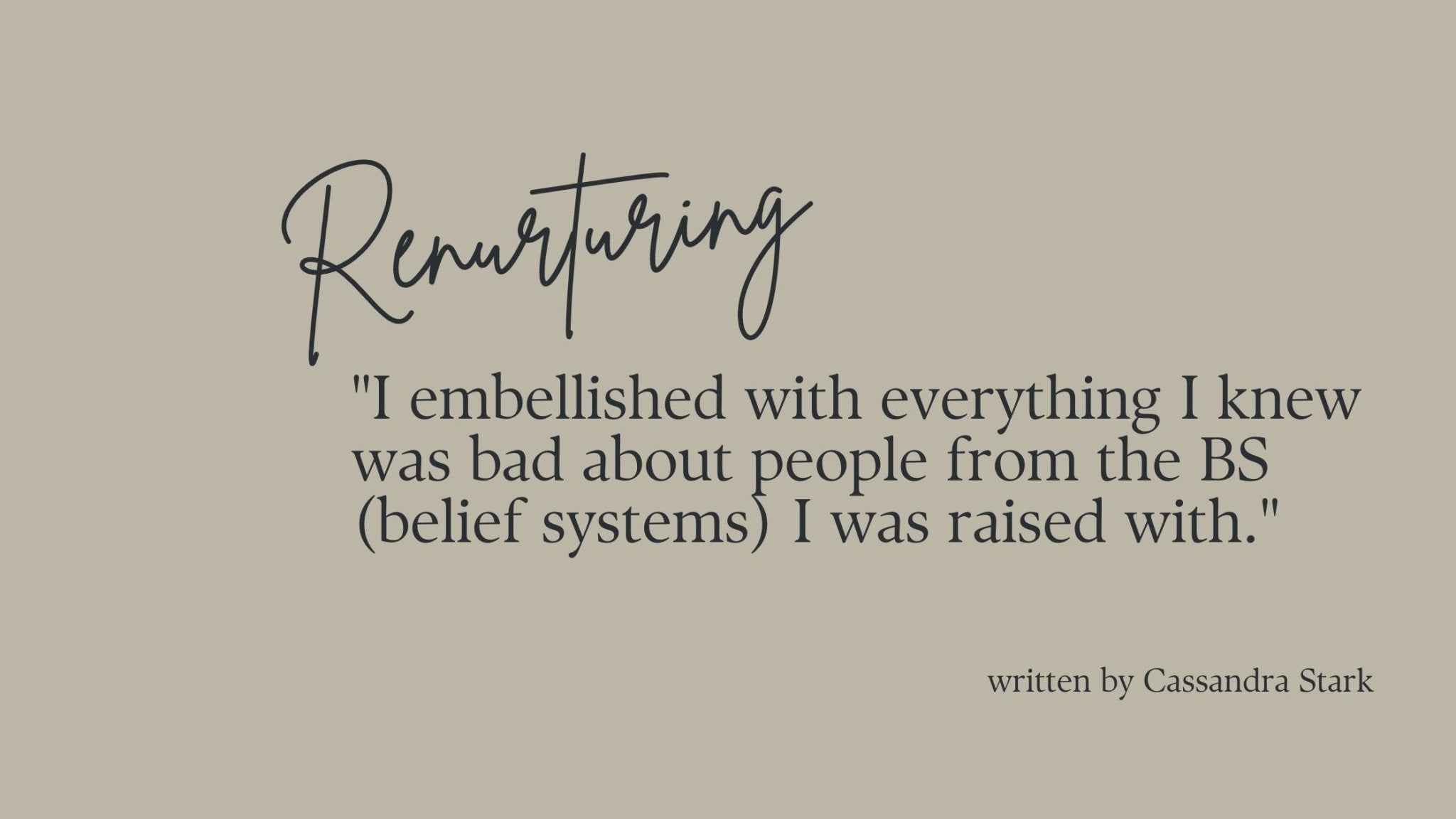Introduction to The BeMo Practice and the FUNCK Method
It's not CBT. It's not DBT. It's something new and impactful. This statement captures the essence of The BeMo Practice, making it a standout in the realm of mental health therapy. As we delve deeper, you'll see just how BeMo, rooted in the innovative FUNCK Methodology, offers a fresh and effective approach to personal growth and healing.
At the heart of The BeMo Practice is the FUNCK Methodology, which stands for Feelings, Understanding, Needs, Can, and Knowing. This approach is designed to empower individuals by helping them navigate through their emotions and needs in a structured yet personalized way. What sets BeMo apart is its ability to hold space for traditional therapeutic methods while transcending their limitations, offering tools that cater to a more holistic view of mental health.
The FUNCK Methodology isn't just another therapeutic tool; it's a way of engaging with one’s inner self through various modes—be it written, spoken, or shared. This flexibility allows BeMo to adapt to individual needs and styles, making it applicable in diverse situations—from personal reflection to therapeutic settings.
The BeMo Practice is a method and a movement towards understanding and healing oneself in a comprehensive and accessible way. Stay tuned as we explore how traditional therapies like CBT and DBT compare and contrast to The BeMo Practice, setting the stage for a deeper dive into each aspect of the FUNCK Methodology.
Continue reading: Understanding Traditional Therapies: CBT & DBT Overview.








